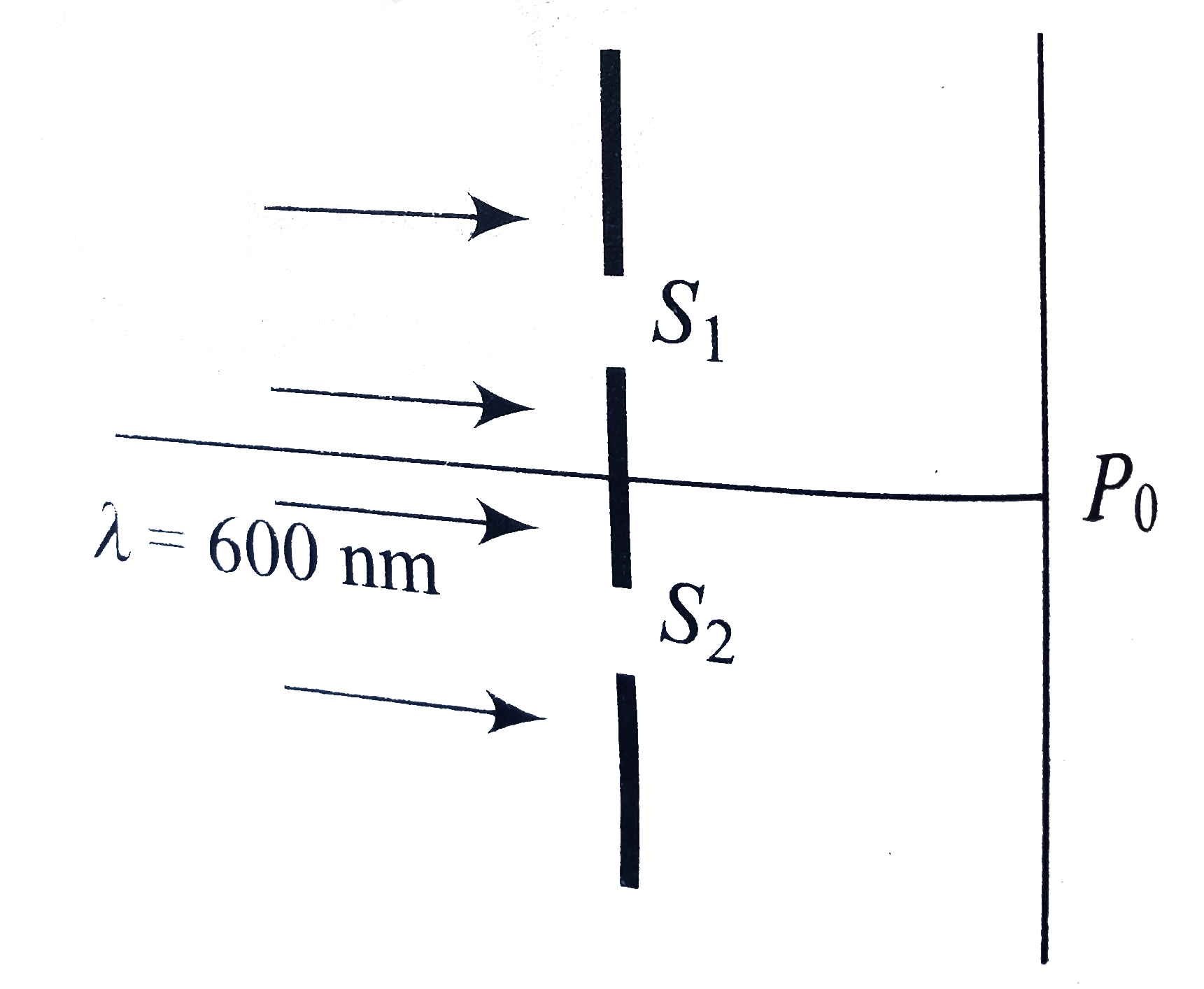The thicknes of a glass plate is measured to be 2.17 and 2.17 mm and 2.18 mm at three different places. Find the average thickness of the plate from this data.
The correct Answer is:2.17 mm
To find the average thickness of the glass plate from the given measurements, we can follow these steps:
Step 1: List the Measurements
We have three measurements of the thickness of the glass plate:
- t1=2.17mm
- t2=2.17mm
- t3=2.18mm
Step 2: Sum the Measurements
Next, we will sum these three measurements:
Sum=t1+t2+t3=2.17+2.17+2.18
Calculating the sum:
Sum=2.17+2.17+2.18=6.52mm
Step 3: Calculate the Average
Now, we will calculate the average thickness by dividing the sum by the number of measurements (which is 3):
Average Thickness=Sum3=6.523
Calculating the average:
Average Thickness=2.1733mm
Step 4: Round to Significant Figures
Since all the measurements have 3 significant figures, we need to round our average to 3 significant figures. The average thickness is:
2.1733mm
Looking at the third digit (7), the next digit (3) is less than 5, so we do not round up. Thus, we round it to:
Average Thickness=2.17mm
Final Answer
The average thickness of the glass plate is:
2.17mm
We have three measurements of the thickness of the glass plate:
- t1=2.17mm
- t2=2.17mm
- t3=2.18mm
Next, we will sum these three measurements:
Sum=t1+t2+t3=2.17+2.17+2.18
Sum=2.17+2.17+2.18=6.52mm
Now, we will calculate the average thickness by dividing the sum by the number of measurements (which is 3):
Average Thickness=Sum3=6.523
Average Thickness=2.1733mm
Since all the measurements have 3 significant figures, we need to round our average to 3 significant figures. The average thickness is:
2.1733mm
Looking at the third digit (7), the next digit (3) is less than 5, so we do not round up. Thus, we round it to:
Average Thickness=2.17mm
The average thickness of the glass plate is:
2.17mm
Topper's Solved these Questions
- BOOK - HC VERMA ENGLISHCHAPTER - PHYSICS AND MATHEMATICSEXERCISE - Question for short Answer14videos
PHYSICS AND MATHEMATICS
- BOOK - HC VERMA ENGLISHCHAPTER - PHYSICS AND MATHEMATICSEXERCISE - Objective 25videos
PHYSICS AND MATHEMATICS
- BOOK - HC VERMA ENGLISHCHAPTER - NEWTON'S LAWS OF MOTIONEXERCISE - Questions for short Answer17videos
NEWTON'S LAWS OF MOTION
- BOOK - HC VERMA ENGLISHCHAPTER - REST AND MOTION : KINEMATICSEXERCISE - Question for short Answer13videos
REST AND MOTION : KINEMATICS
Similar Questions
The pressure on a square plate is measured by measuring the force on the plate and the length of the sides of the plate . If the maximum error in the measurement of force and length are , respectively , 4%and2%. Find the maximum error in the measurement of pressure.
View SolutionTwo plates of equal area are placed in contact with each other. The thickness of the plates are 2.0 cm and 3.0 cm respectively. The outer face of first plate is at −25∘C and that of second plate is at +25∘C. The conductivities of the plates are in the ratio 2:3. Calculate the temperature of the common surface of the plates.
View SolutionThe pitch of a screw gauge is 1 mm and there are 100 divisions on circular scale. When faces A and B are just touching each without putting anything between the studs 32nd divisions of the circular scale (below its Zero) coincides with the reference line. When a glass plate is placed between the studs, the linear scale reads 4 divisions and the circular reads 16 divisions. Find the thickness of the glass plate. Zero of linnear scale is not hidden from circular scale when A and B touches each other.
View SolutionThe pitch of a screw gauge is 1 mm and there are 100divisions on circular scale. When faces A and B are just touching each without putting anything between the studs 32nd divisions of the circular scale (below its Zero) coincides with the reference line. When a glass plate is placed between the studs, the linear scale reads 4 divisions and the circular reads 16 divisions. Find the thickness of the glass plate. Zero of linnear scale is not hidden from circular scale when A and B touches each other.
View SolutionIf the thickness of the plate in the above problem is 2 mm, find the downward force when plate is placed vertically on water along its longest side.
View SolutionThe plates of a parallel plate capacitor are charged up to 200 V. A dielectric slab of thickness 4 mm is inserted between its plates. Then, to maintain the same potential difference between the plates of the capacitor, the distance between the plates increased by 3.2 mm. The dielectric constant of the dielectric slab is
View SolutionTwo identical plates of different metals are joined to form a single plate whose thickness is double the thickness of each plate. If the coefficients of conductivity of each plate are 2 and 3 respectively, Then the conductivity of composite plate will be
View SolutionA student measures the thickness of a human hair using a microscope of magnification 100. He makes 20 observations and find that the average thickness (as viewed in the microscope) is 3.5 mm. What is the estimate of the thickness of hair?
View SolutionIn a standard Young's double-slit experiment with coherent light of wavelength 600 nm, the fringe width of the fringes in the central region (near the central fringe, P0) is observed it to be 3 mm. An extremely thin glass plate is introduced to be displaced by 11 mm. Another thin plate is placed before the second slit and it is observed that the fringe are now displaced by an additional 12 mm. If the additional optical path lengths introduced are Δ1 and Δ2 then
 View Solution
View SolutionThe plates of a parallel plate capacitor are charged up to 100v. Now, after removing the battery, a 2mm thick plate is inserted between the plates Then, to maintain the same potential deffernce, the distance betweem the capacitor plates is increase by 1.6mm. The dielectric canstant of the plate is .
View Solution

